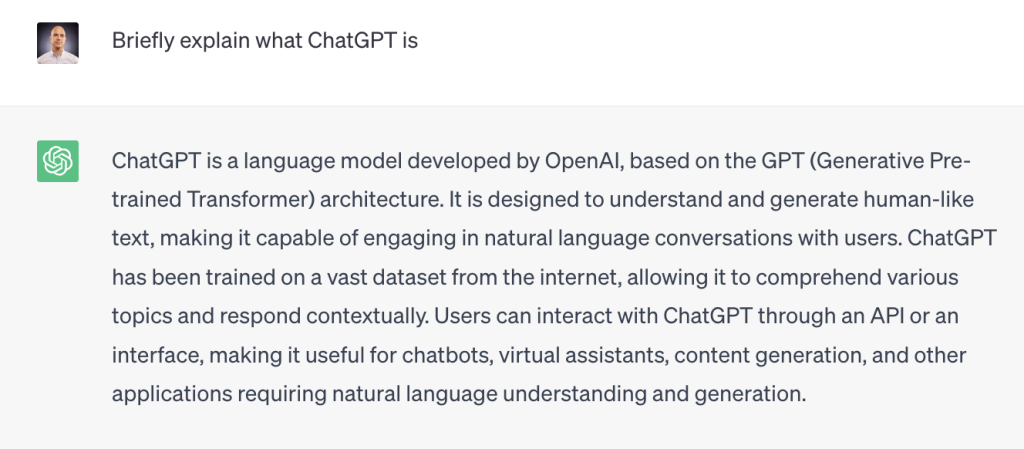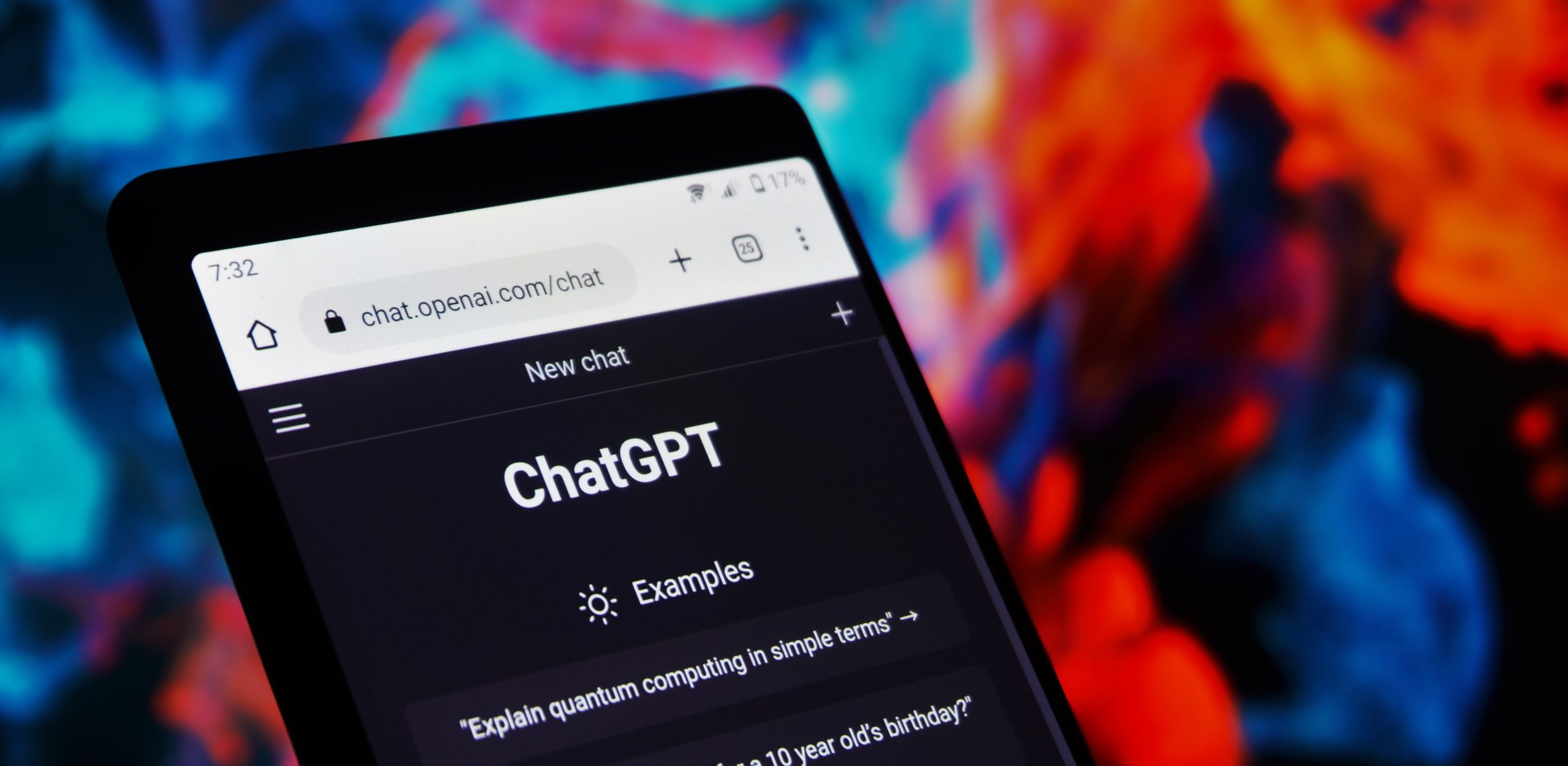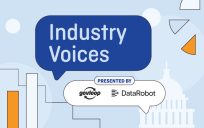No issue has generated more buzz in the world of technology in recent months than ChatGPT. ChatGPT and similar AI tools hold enormous potential value for governments. However, the AI landscape is changing very rapidly, and governments need to be cautious in adopting these new tools.

ChatGPT is a large language model (LLM) developed by the nonprofit OpenAI that uses deep learning algorithms to generate human-like responses to text-based inputs (called prompts). A new version of ChatGPT released in late 2022 generated significant attention in the technology community and the mainstream media due to its ability to interact conversationally with users. Many observers have commented on its “human-like” ability to answer specific, and sometimes complex, questions.
Advanced LLMs like ChatGPT can be prompted to generate responses that are both sophisticated and often very useful. As such, the term “generative AI” is often used interchangeably with ChatGPT and other LLMs because they are designed to generate human-like responses.

Governments have a special interest in the potential impacts of generative AI because they generate lots of information. Much of the information that governments generate is complex, highly technical, and serves as the authoritative source on an issue or topic. A perfect example of this is the tax code and associated guidance provided by the IRS. This information is complex, highly technical, and viewed as the authoritative source by taxpayers, businesses, attorneys, and tax professionals.
Since its initial release, ChatGPT has been used for a wide range of applications, from assisting with customer service requests to generating creative writing. Not surprisingly, ChatGPT and other LLMs have started to be used in the public sector, and new tools and services specifically tailored for the governments are beginning to crop up. As these tools become more heavily marketed to the public sector, it will be important for governments to understand the appropriate uses of ChatGPT and similar tools. They will need to appreciate both the potential benefits, and some of the risks and drawbacks.
For governments evaluating the potential use of generative AI, here are some rules of thumb they can use to ensure they reap the rewards and avoid the drawbacks:
- Have a clear vision for how you want to use this technology, and avoid adopting AI solutions simply because they are the “new hotness.” What specific goal are you trying to achieve?
- When picking a partner to work with, be sure to find one that has deep experience in user research and human-centered design. This will help ensure that generative AI uses are focused on delivering better experiences to the people using government services.
- AI tools should always be used to help inform decisions, not make them. While these tools are becoming more and more sophisticated, they are not a replacement for people in the delivery of critical government services.
ChatGPT and similar tools hold enormous potential to help governments deliver better services. How they are adopted and used will make the difference between success and failure.
Mark Headd is a Government Technology SME at Ad Hoc. He is the former Chief Data Officer for Philadelphia, serving as one of the first municipal chief data officers in the United States. He holds a Master’s Degree in Public Administration from the Maxwell School at Syracuse University, and is a former adjunct instructor at the University of Delaware’s Institute for Public Administration. He spent 6 years with the General Service Administration’s Technology Transformation Services (TTS), serving on the leadership team for 18F and leading customer success efforts for TTS’ cloud platform, which supports over 30 critical federal agency systems.





Leave a Reply
You must be logged in to post a comment.